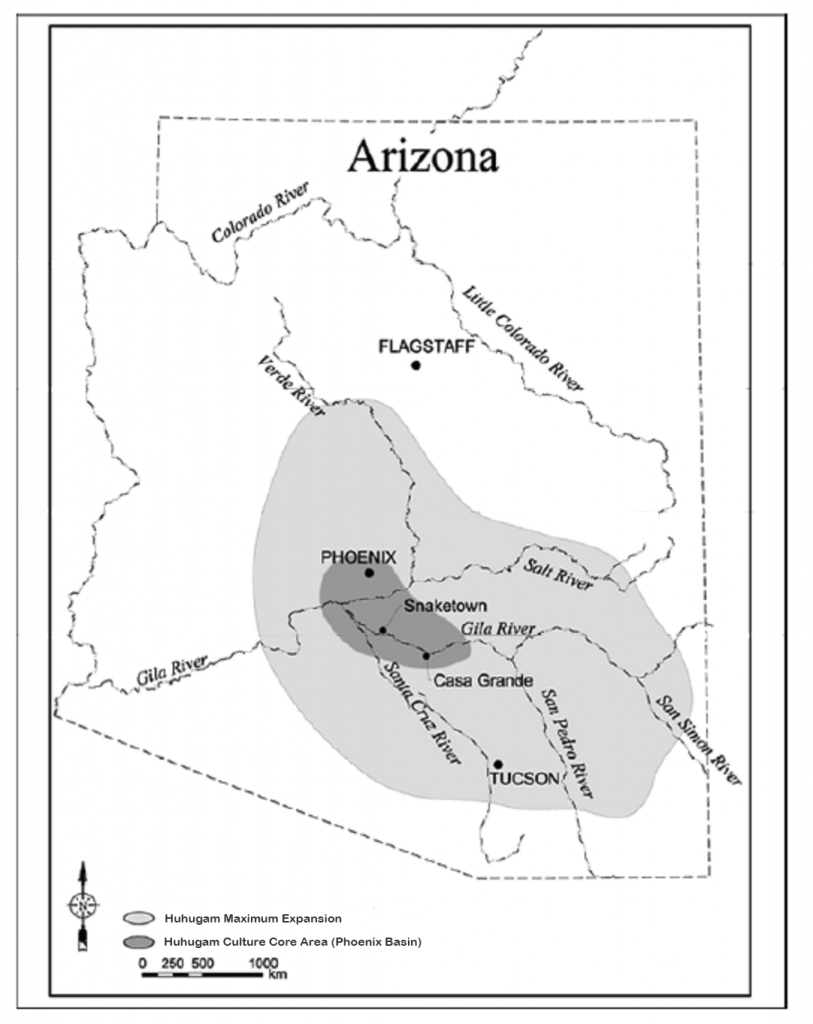 Arizona State University’s Center for Digital Antiquity, in collaboration with the Amerind Museum, was supported by a 2017 grant from the National Endowment for the Humanities to create a comprehensive digital library of reports on archaeological investigations of the ancient Huhugam (Hohokam 1500 B.C. – 1450 A.D.). These central and southern Arizona inhabitants once tamed the Sonoran desert using sophisticated irrigation, far-flung networks of ceremonial ball courts, specialized craft production, extensive trade, and large, long-lived towns. The Digital Archive of Huhugam Archaeology contains copies of over 2,000 major archaeological reports. It is accessible through Digital Antiquity’s tDAR repository (the Digital Archaeological Record). tDAR is an established online repository that preserves and provides access to international archaeological data. The DAHA collection provides scholars with crucial long-term data for comparative studies, indigenous communities with access to a wealth of research on ancestral populations, and the general public with a reliable resource to learn about this fascinating ancient culture.
Arizona State University’s Center for Digital Antiquity, in collaboration with the Amerind Museum, was supported by a 2017 grant from the National Endowment for the Humanities to create a comprehensive digital library of reports on archaeological investigations of the ancient Huhugam (Hohokam 1500 B.C. – 1450 A.D.). These central and southern Arizona inhabitants once tamed the Sonoran desert using sophisticated irrigation, far-flung networks of ceremonial ball courts, specialized craft production, extensive trade, and large, long-lived towns. The Digital Archive of Huhugam Archaeology contains copies of over 2,000 major archaeological reports. It is accessible through Digital Antiquity’s tDAR repository (the Digital Archaeological Record). tDAR is an established online repository that preserves and provides access to international archaeological data. The DAHA collection provides scholars with crucial long-term data for comparative studies, indigenous communities with access to a wealth of research on ancestral populations, and the general public with a reliable resource to learn about this fascinating ancient culture.
Interested in finding out more about DAHA? Check out these posts:
- White Paper summary of the DAHA Project
- GIS maps of Huhugam Sub-Areas
- Natural Language Processing and DAHA, Part I
- Natural Language Processing and DAHA, Part II
- Text Mining and Archaeology
- Huhugam Archaeologists’ Needs Assessment
- DAHA Policy on the Treatment of Confidential and Sensitive Information
- DAHA Workflow
Visit the Digital Archive of Huhugam Archaeology

